Ohh! Nice to know! Might try that with War Thunder tomorrow. No clue if that's SDL or not.
Heavybell
It's always preferable to have options, yeah. I so far haven't found a need to use an xorg session, knock wood.
Glad that's working out for you. :)
BTW wine vanilla and some custom proton builds are adding direct wayland support, just so you know. It's still experimental but works great for some games, just in case you have others tying you to X.
Everything huh? I'll believe that when I see it. :P I've been waiting on Bloodborne and the Demon's Souls remaster for so long.
I also don't completely agree console targeted games are a good thing. Sure, controller standardisation has been great for games played on a controller, but if you have any other type of peripheral, that thing is still using DirectInput, with all the associated issues. Plus I'm sure Mass Effect 2 wasn't the only game that was less than it could have been for being console first.
And yeah, a lot of older PC games were targeted at hypothetical future computers. In many cases that worked out; you could play it on medium now, and play it on high on your newer PC in future years (which maybe it's just because I was younger and had less money, or maybe it's because the games industry has expanded since then, or a bit of bother, but I feel like that was more a thing in the past than often happens now). There were also cases where it didn't work out, of course. Notably Crysis, which was coded assuming CPUs would continue their meteoric rise in single core clock speed, which basically stopped being a thing the day it came out. Meaning PCs today still can't run it that well.
What was I saying? Eh nevermind.
Not sure I agree on the "better news". I'd love if they gave up on making consoles and put more stuff on PC, tho if they pivoted to cloud only that would indeed be the worst outcome. :P
That said, sure, the ideal outcome would be PS6 and releasing games on PC. I don't want a new console but I respect people who do.
Just lower case "yank" will suffice. That one's already in use.
Lot of people don't get that, tho.
We have high power compute machines at my workplace for environmental modelling, named Motherbrain and Daughter after the environmental control computers from Phantasy Star 4. I am entirely to blame and I have no regrets. The only downside is when a younger engineer finds out and asks me if nudge wink maybe it's a Metroid reference. :P
Huh, interesting. I have seen the black window thing before but only with electron apps, and those can be told to use in-proc GPU to get around that issue. I assume that's not the issue you had.
I was more wondering like what apps, since I've not had trouble myself.
Hadn't heard of labwc, will have to check it out if I run into issues, thanks.
What's stopping you from using wayland, out of interest?
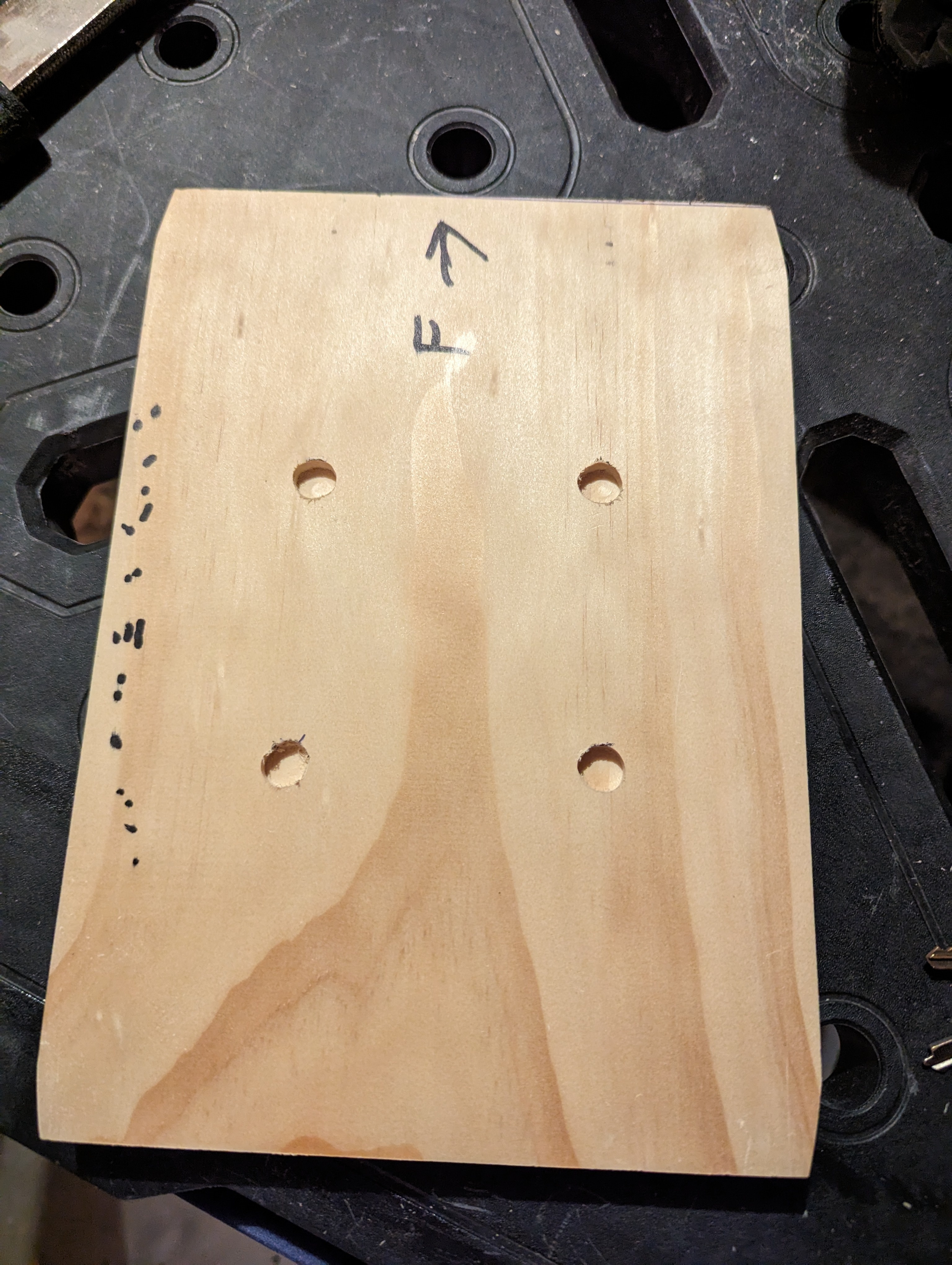
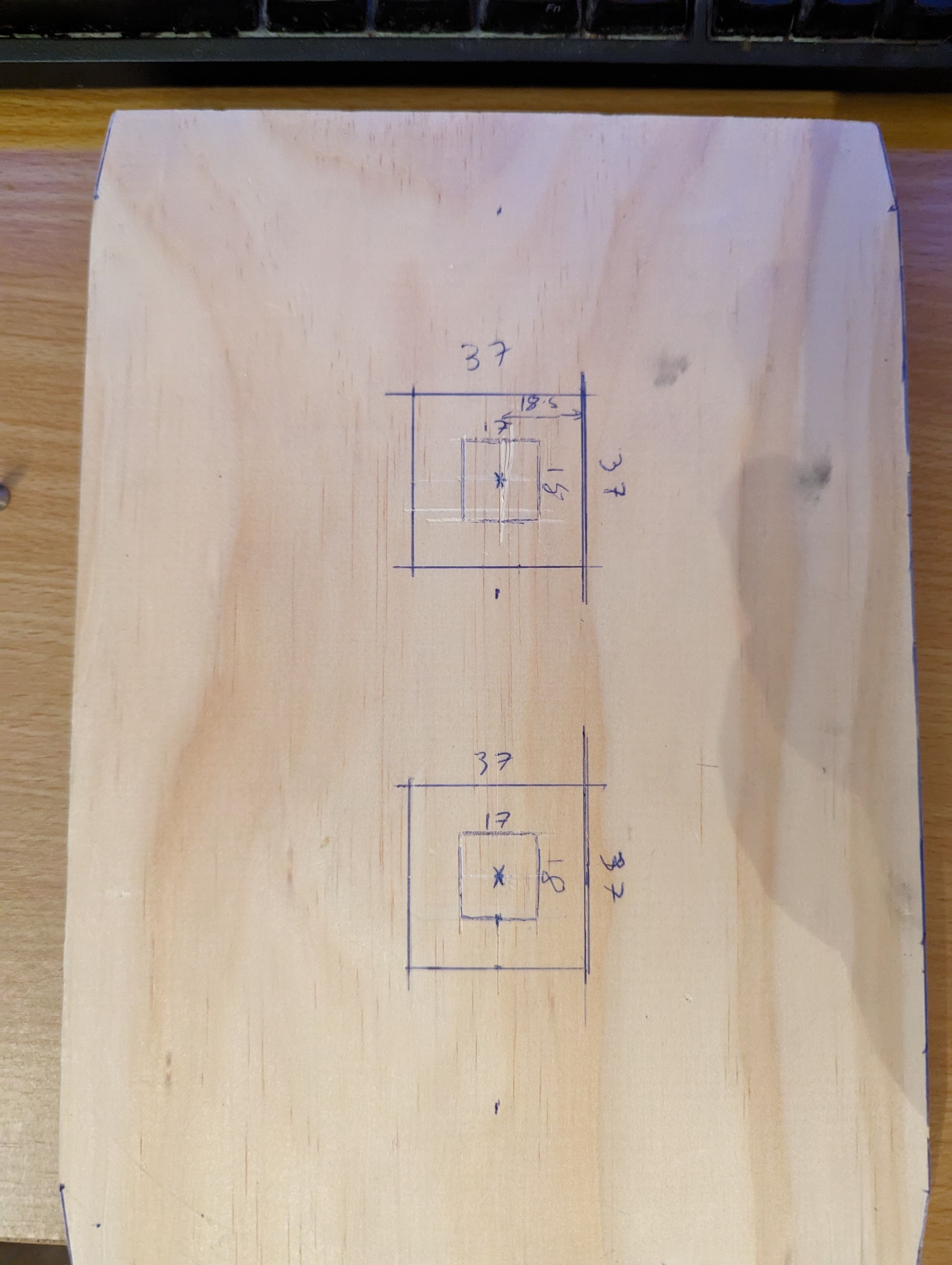
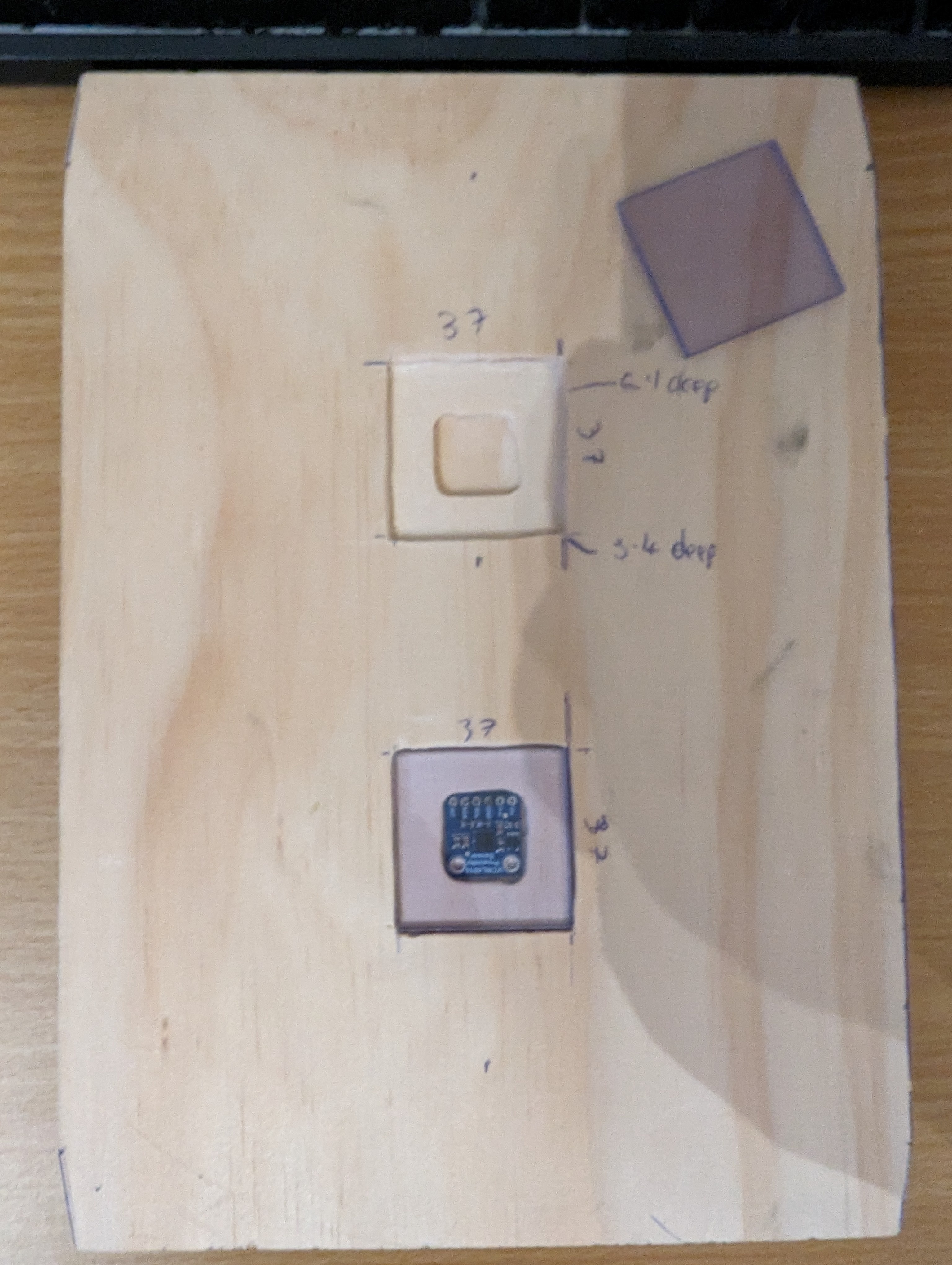
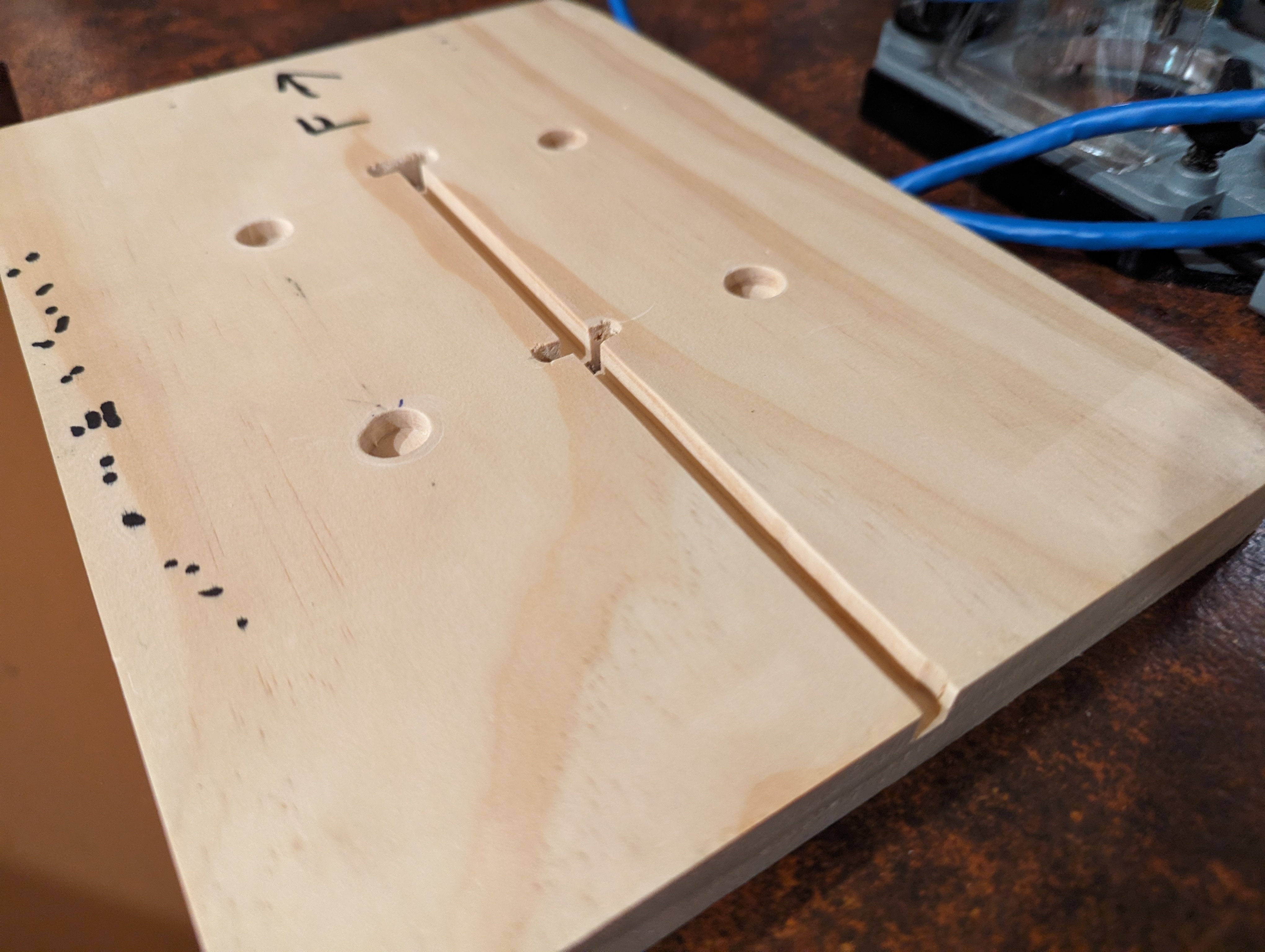
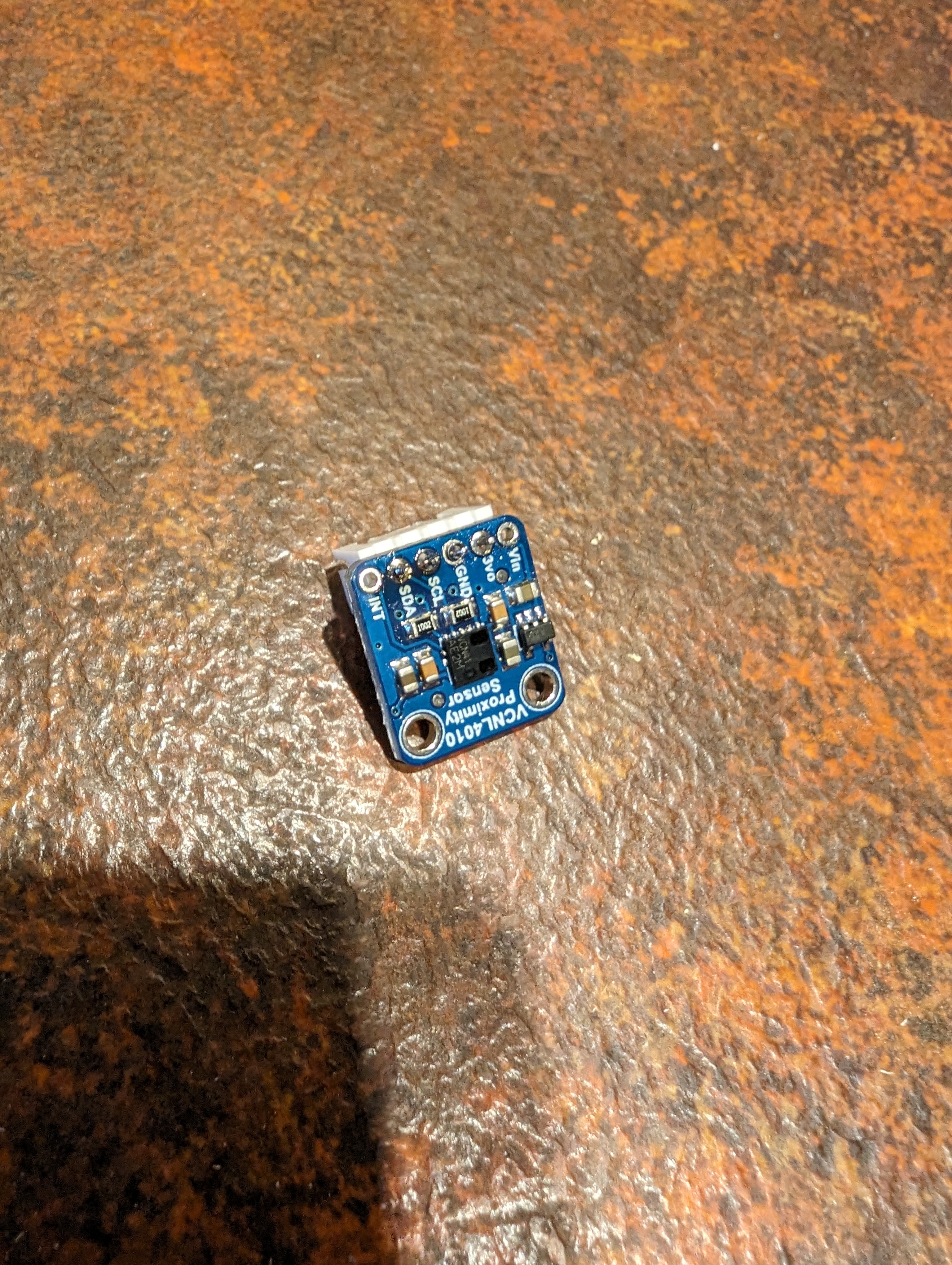
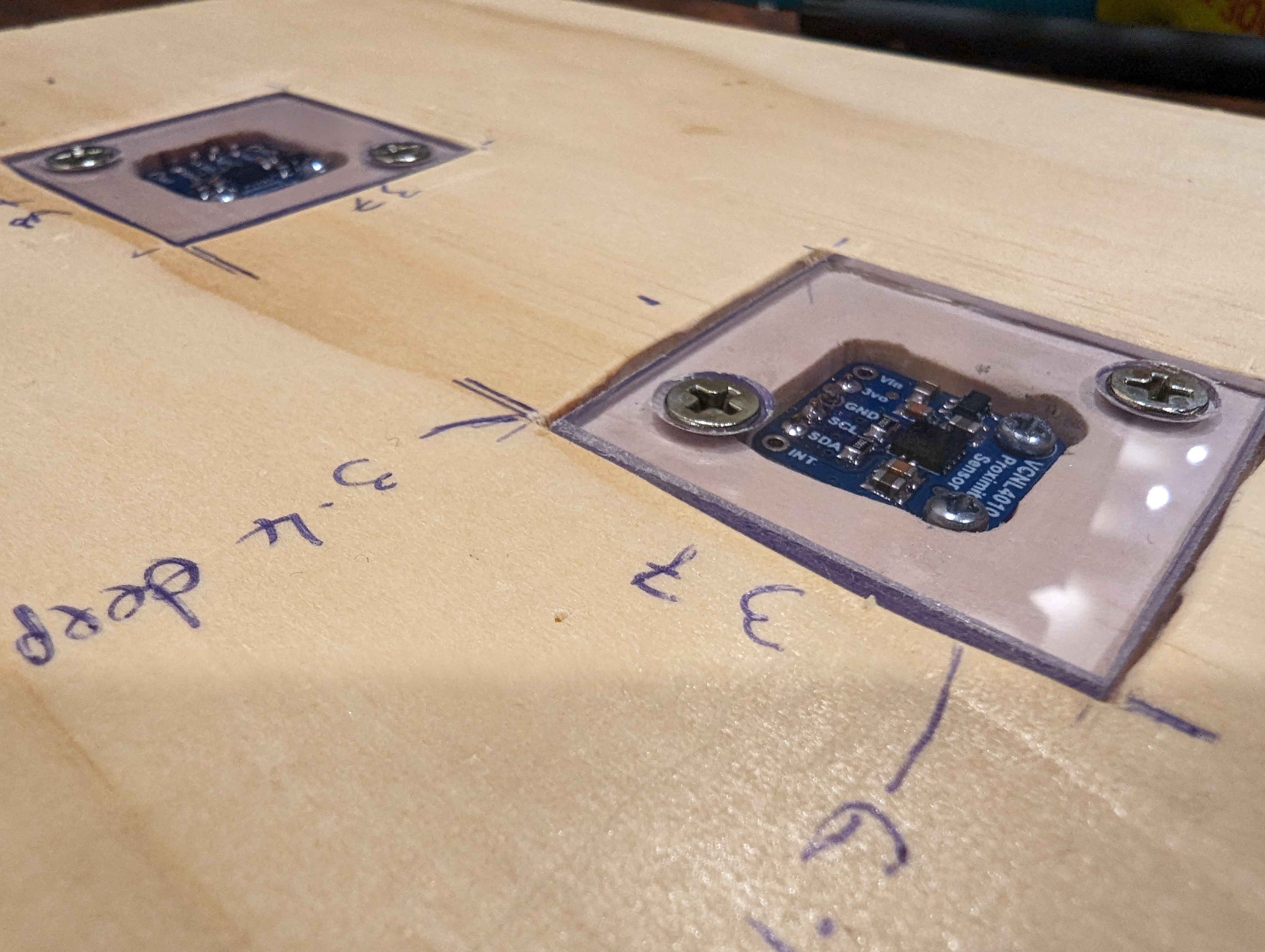
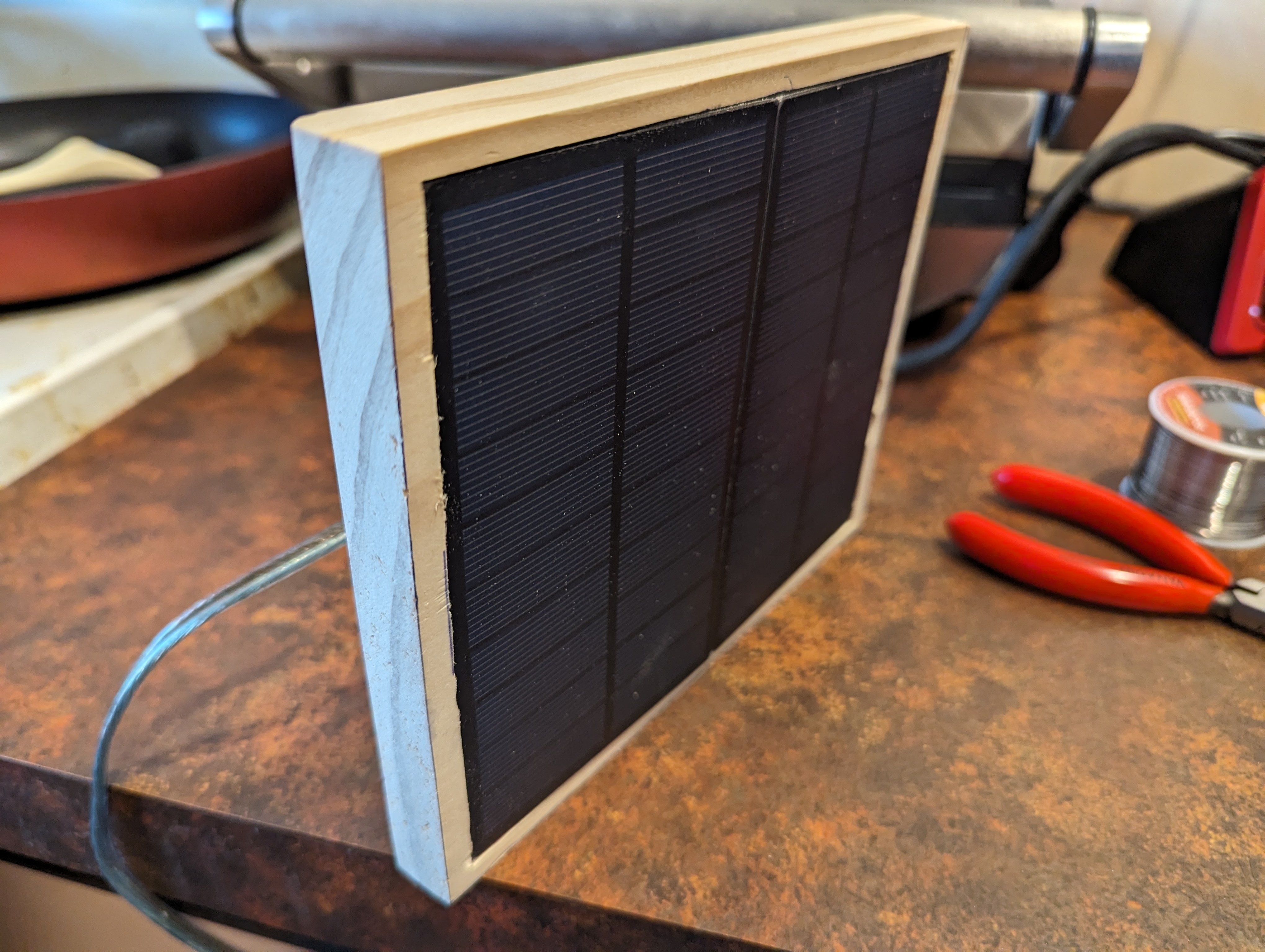
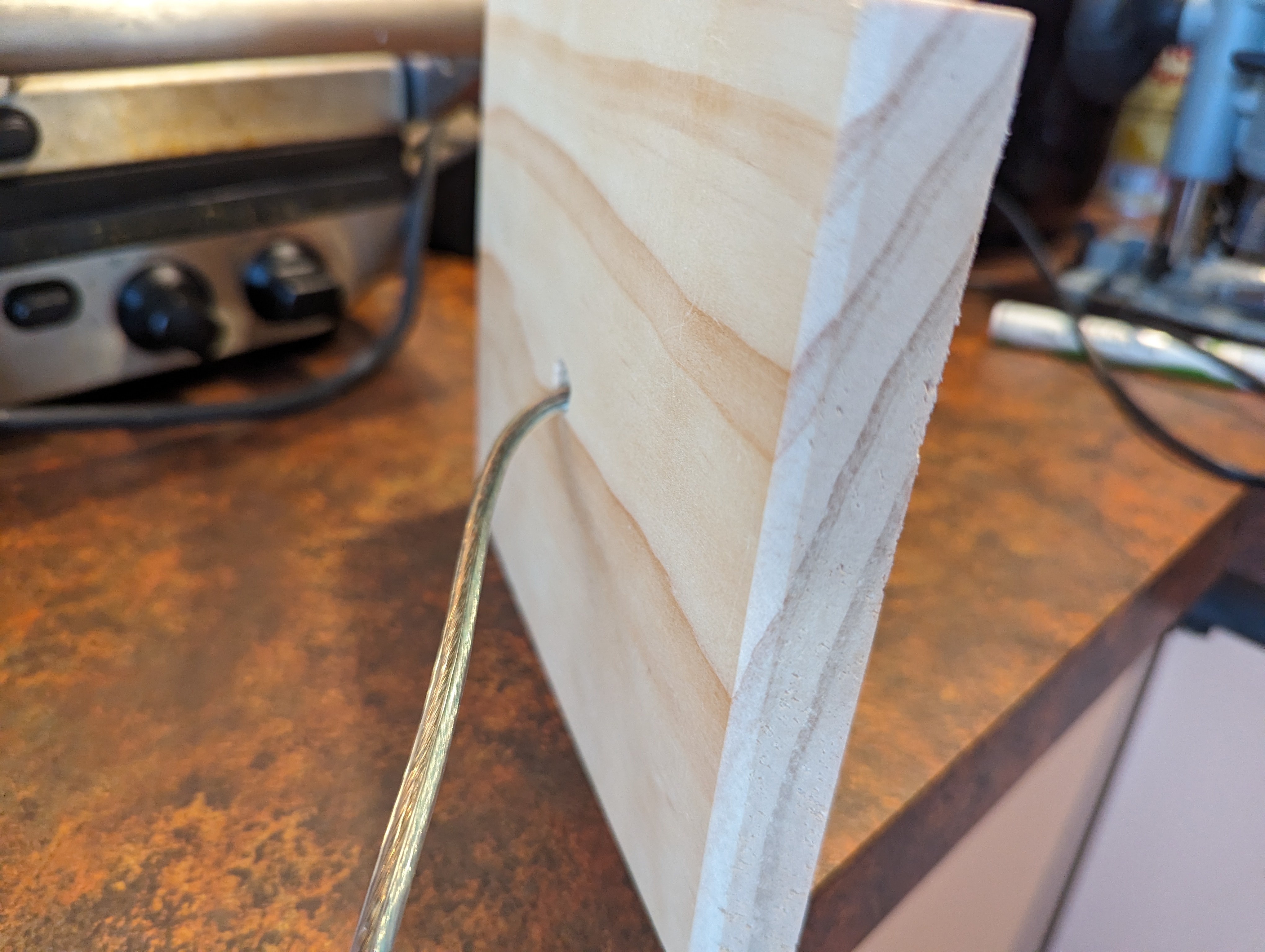
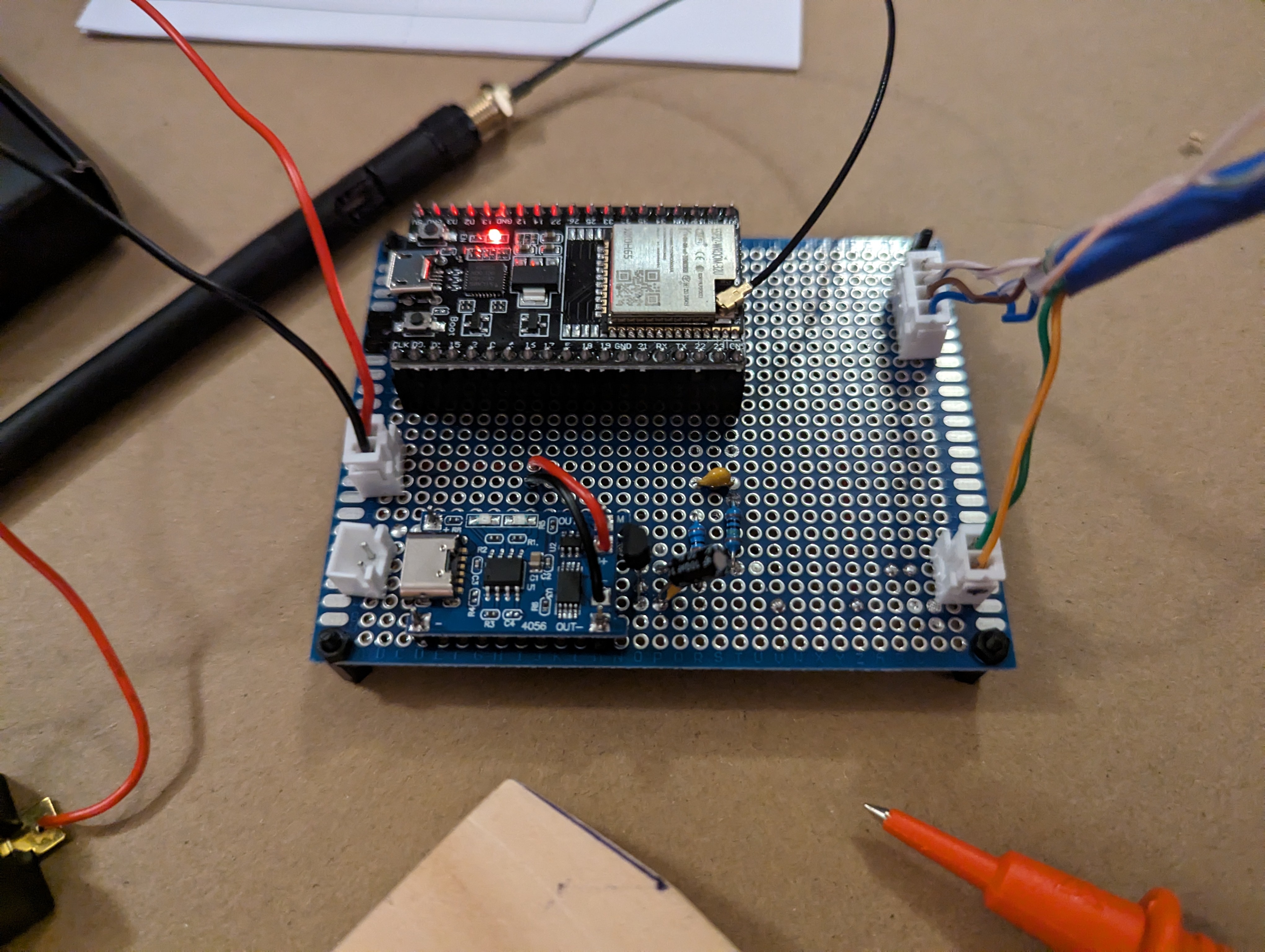
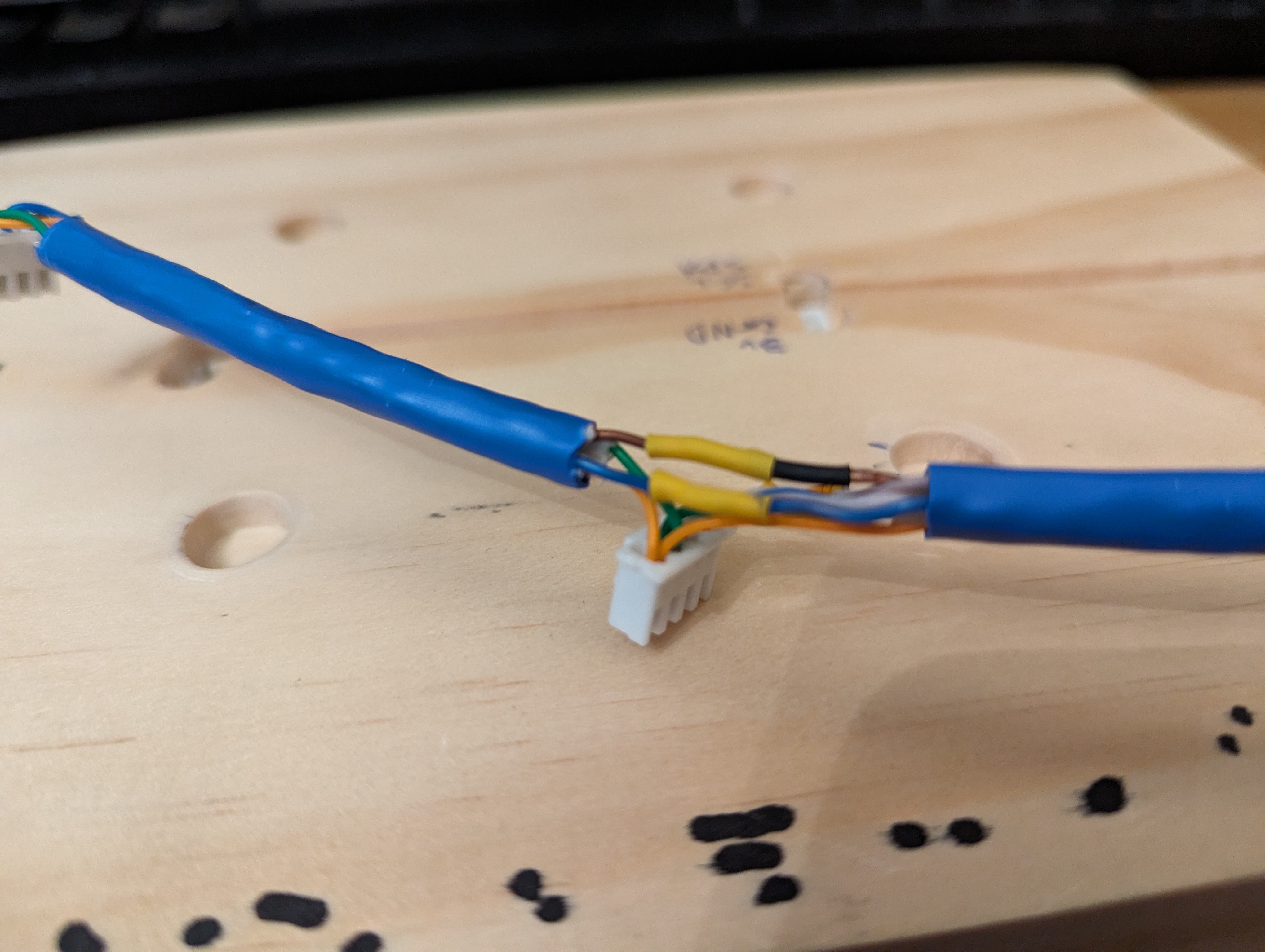
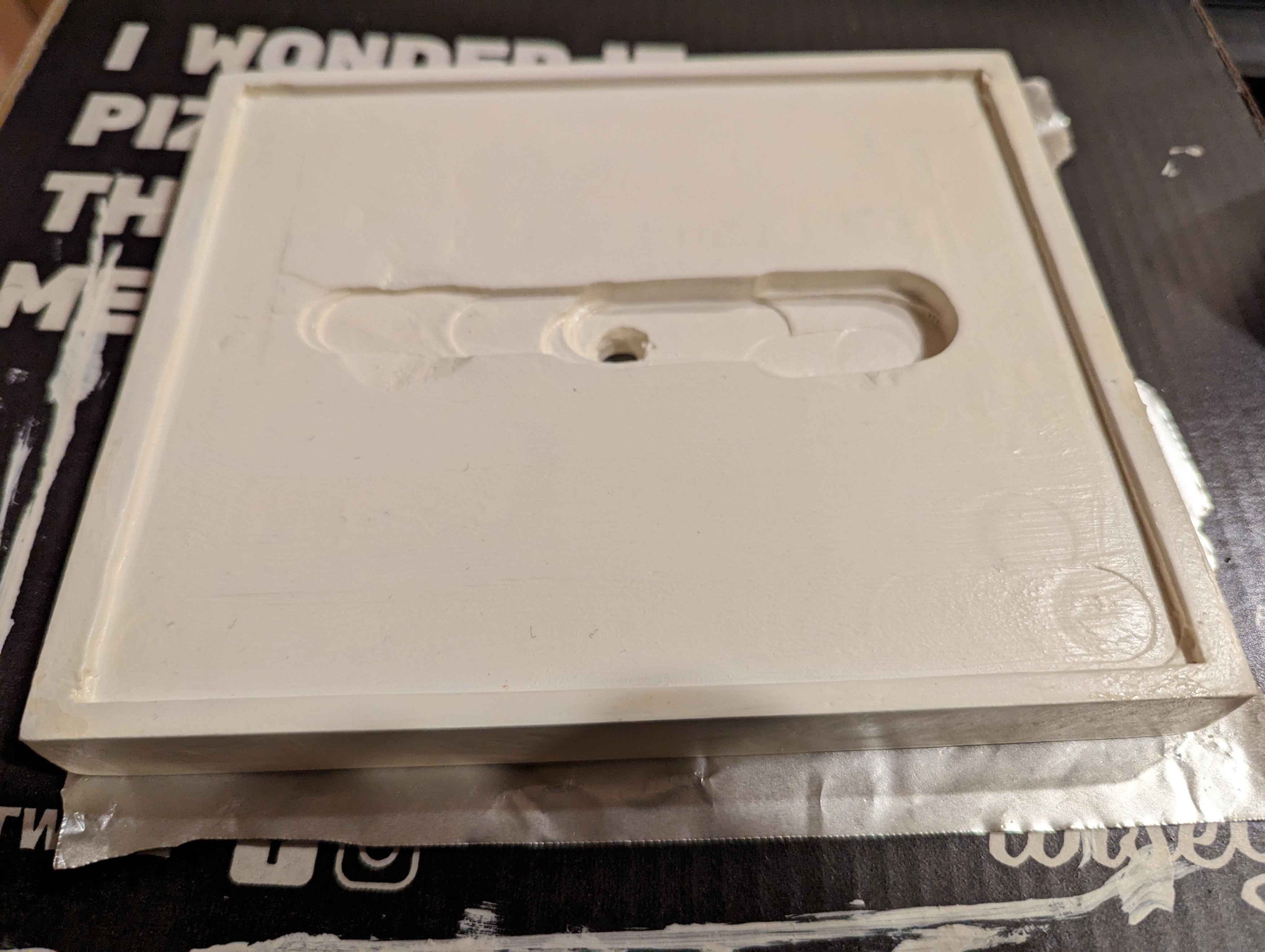
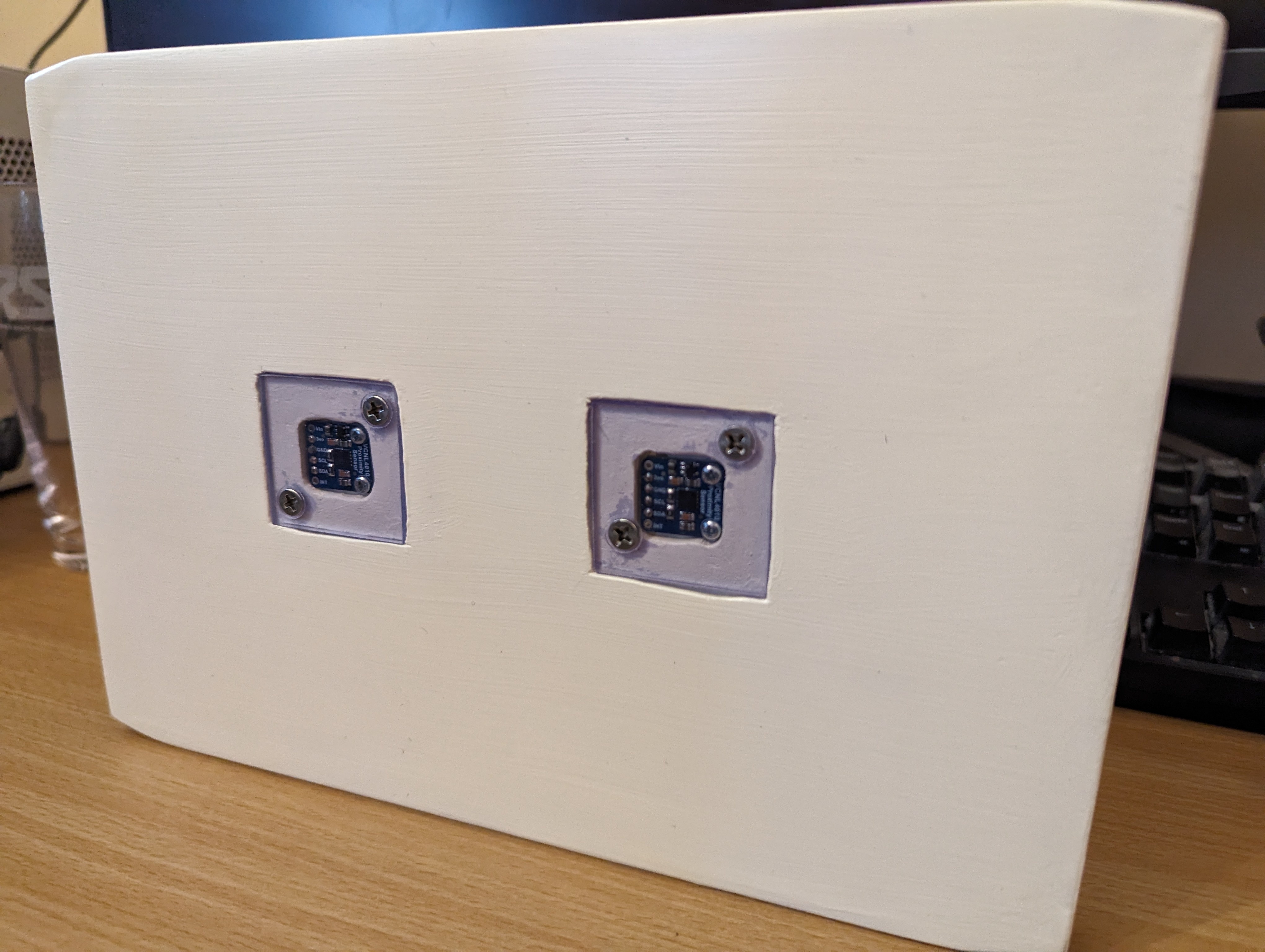

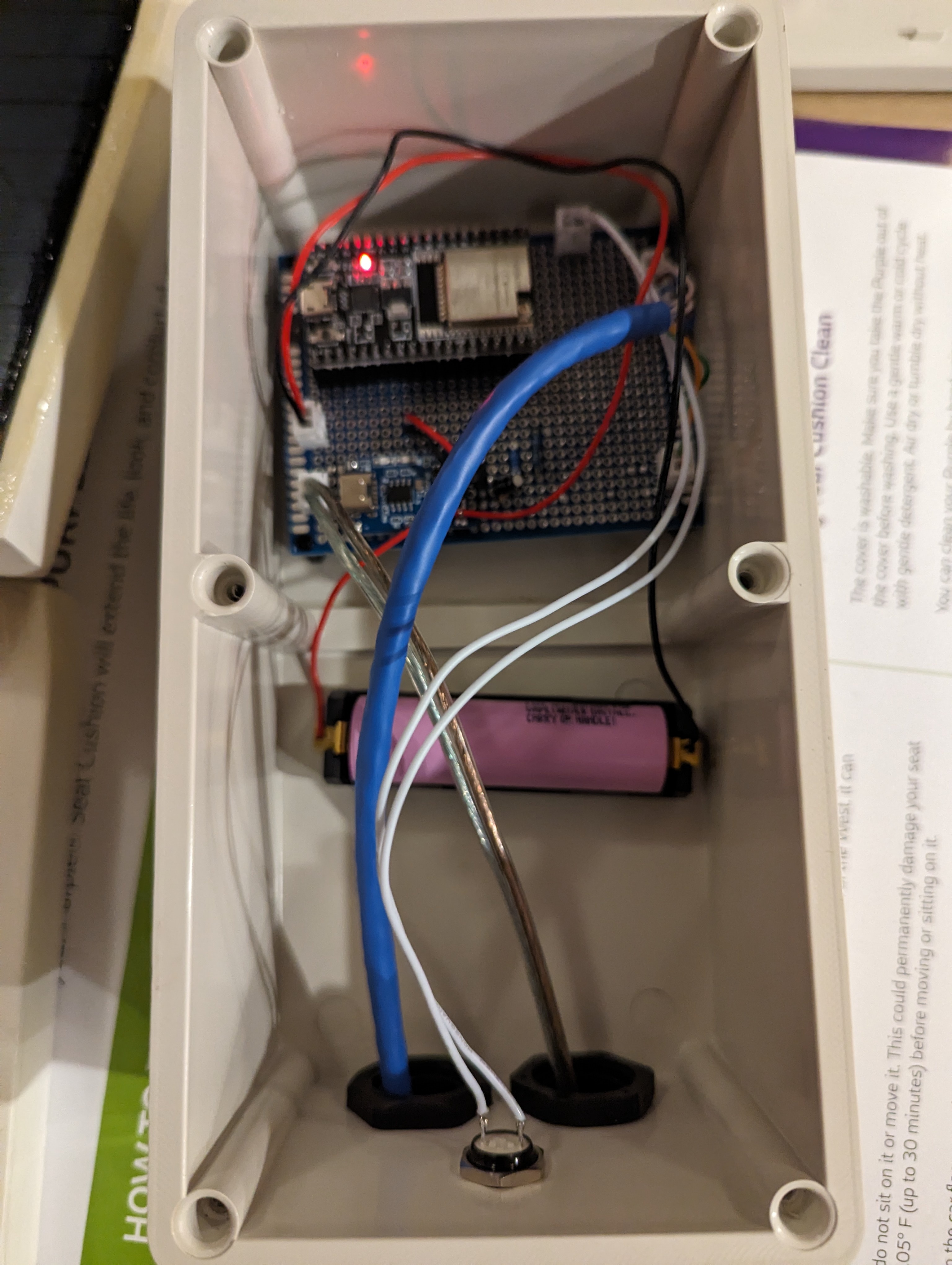
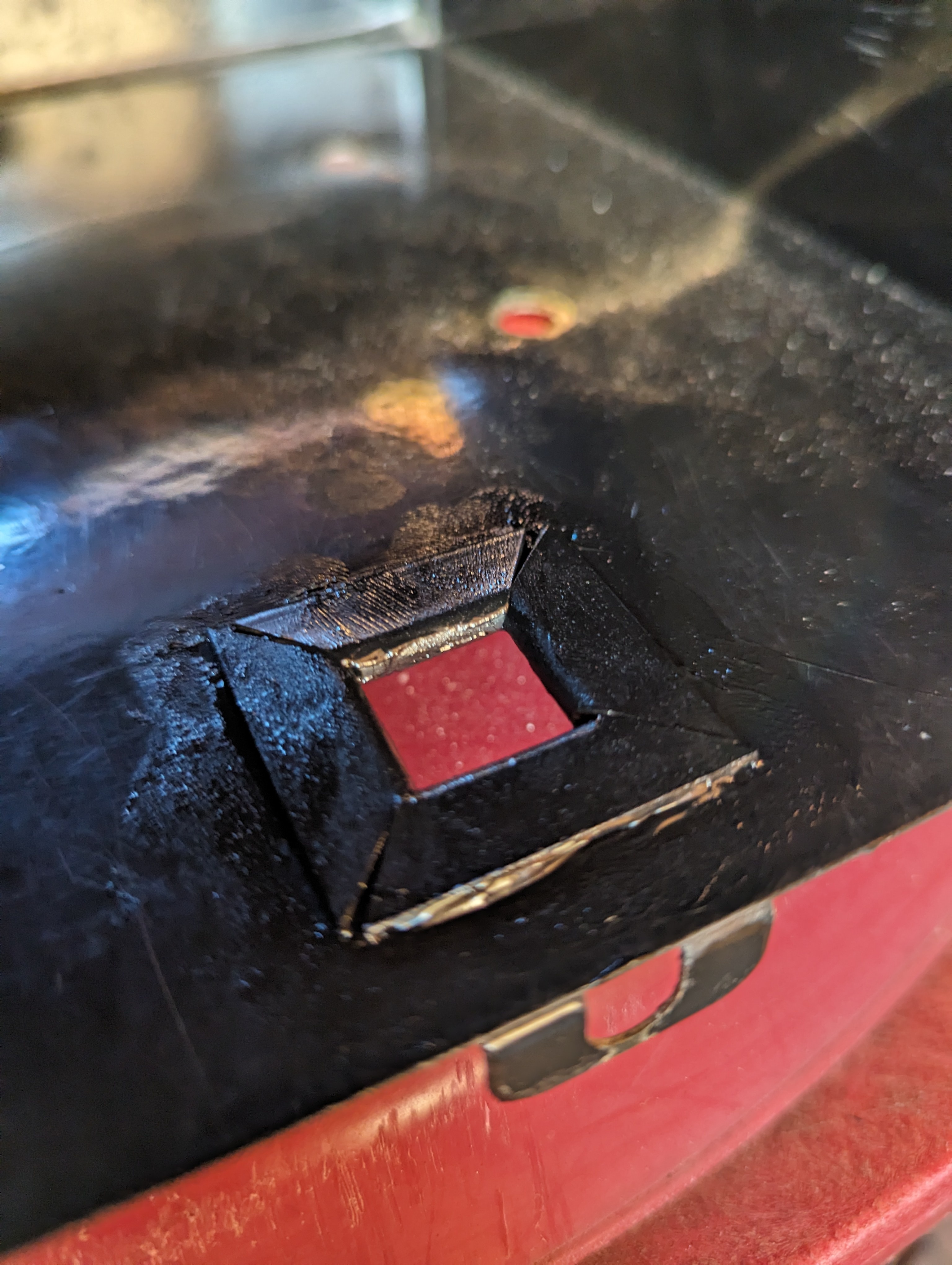


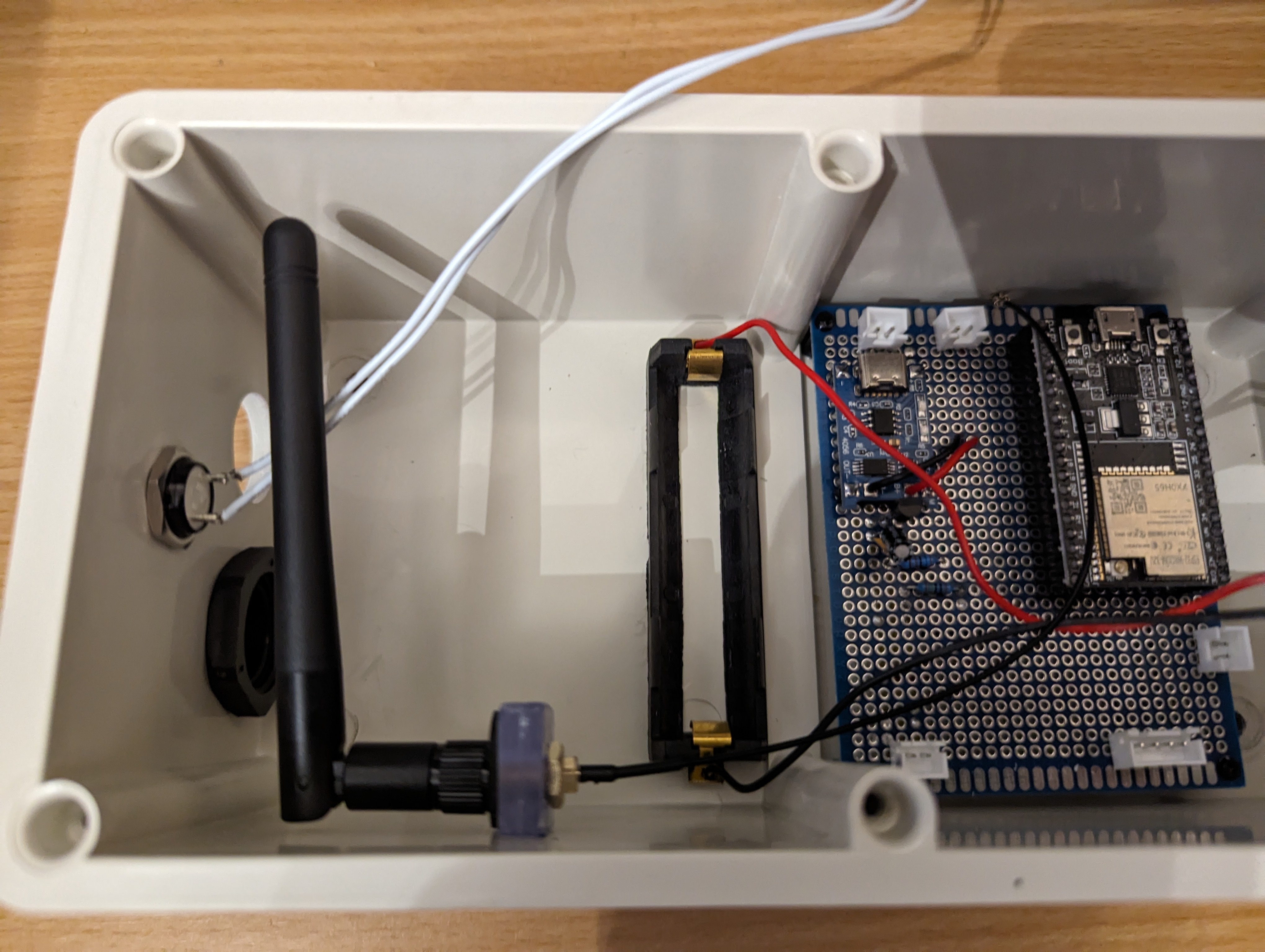
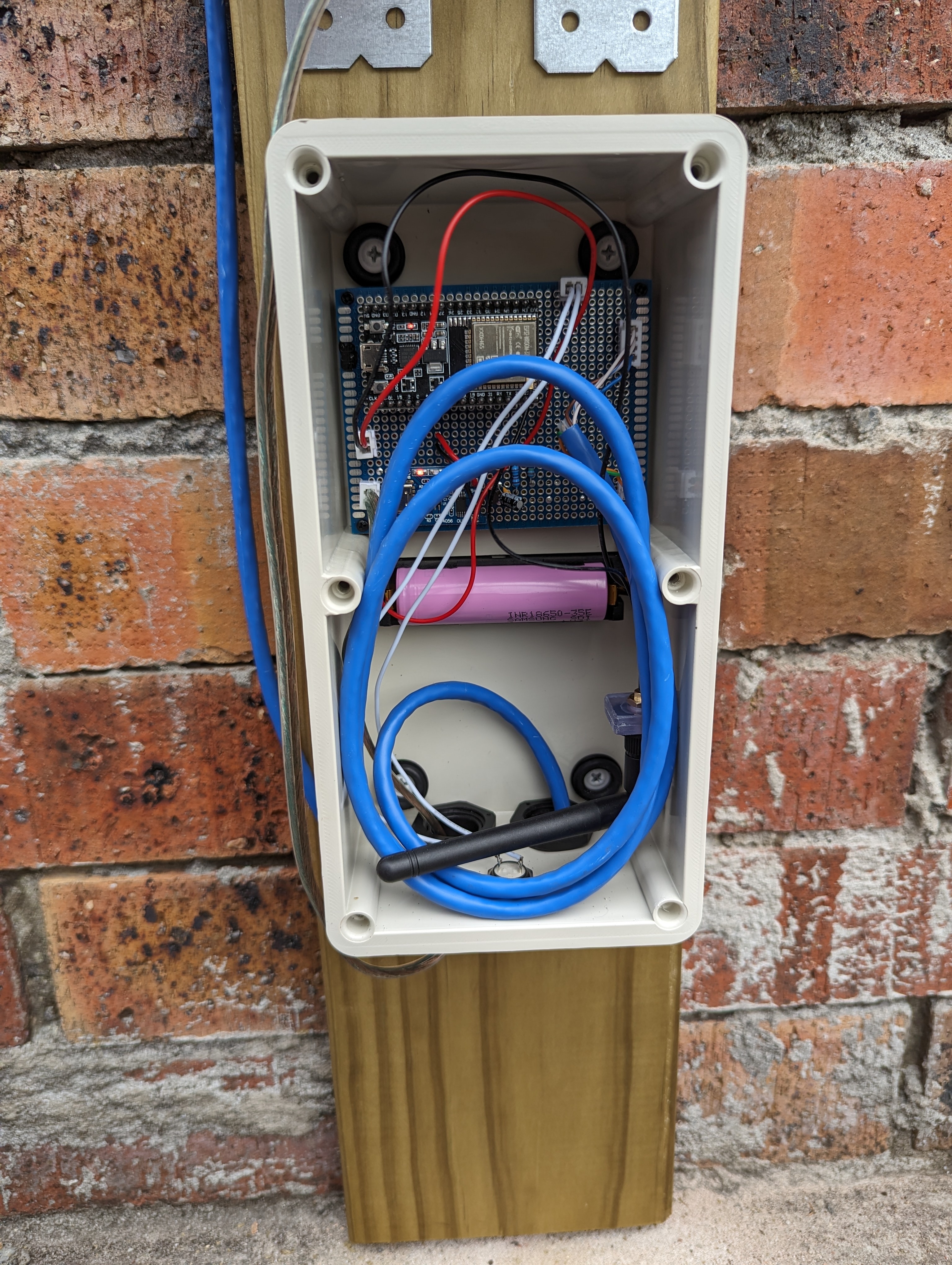
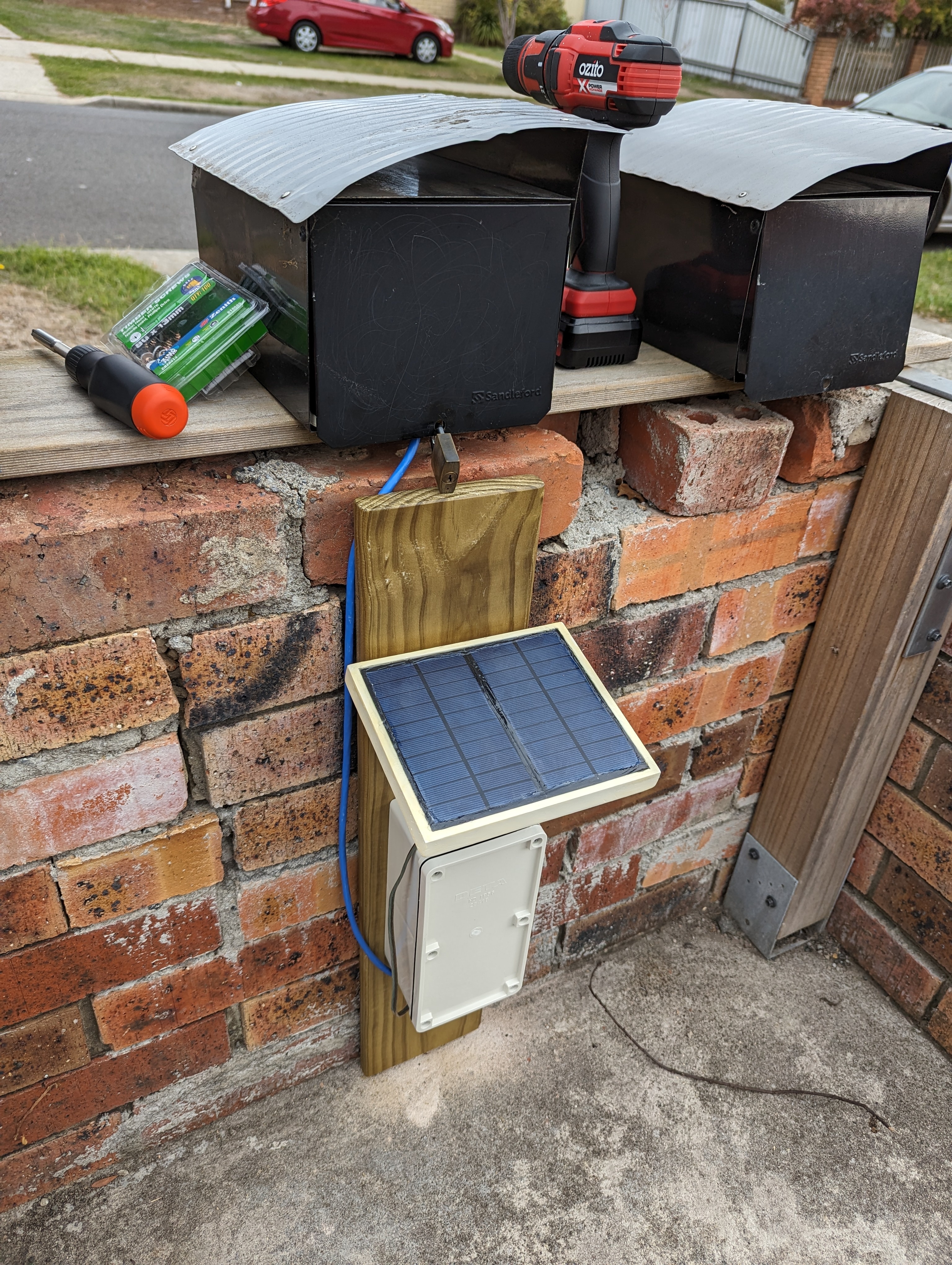
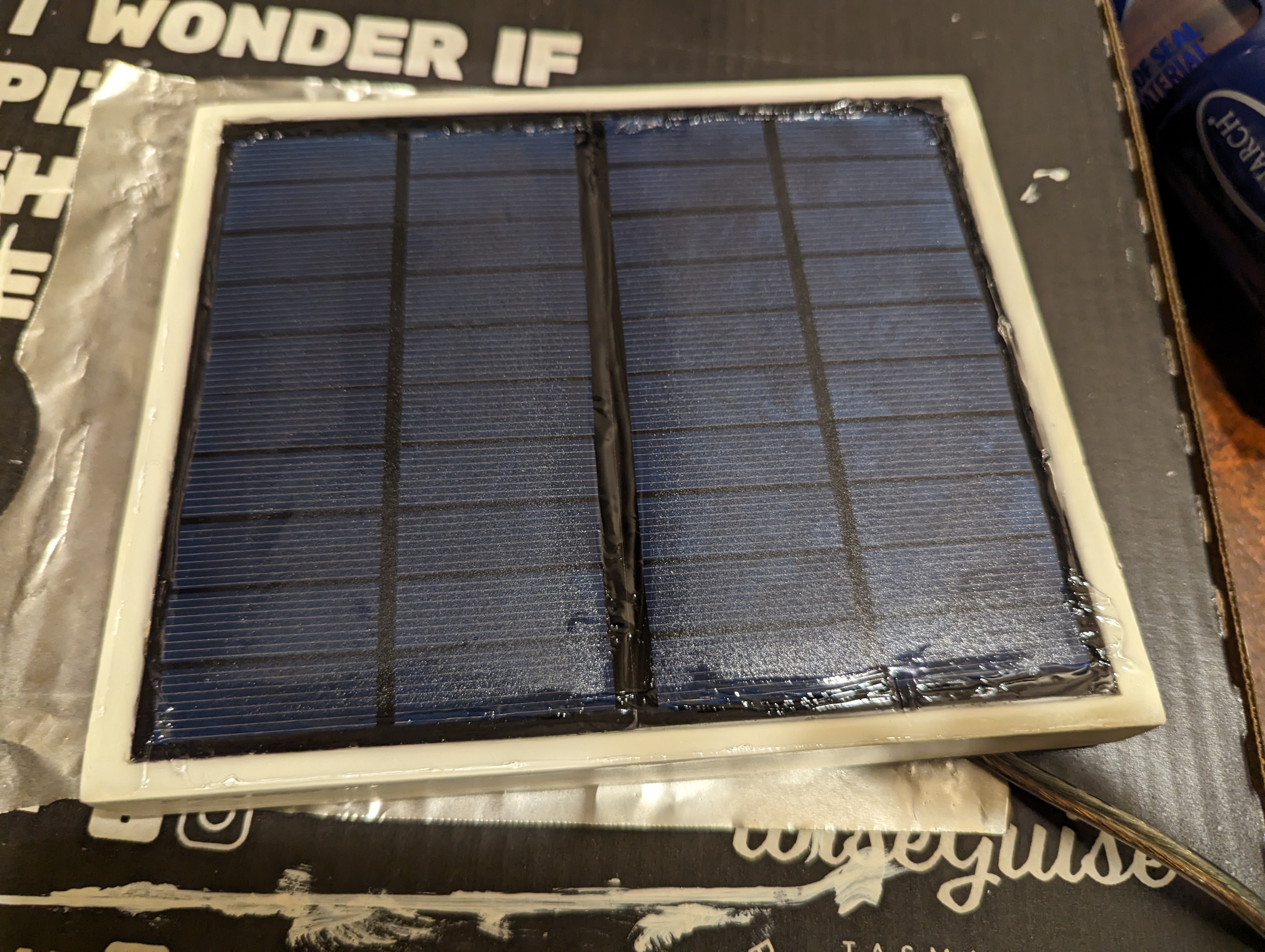

Well I also stopped playing most AAA games a while ago, which is where you see console lead platform the most, so yeah I don't have a newer example sorry. They may or may not exist, I wouldn't know.